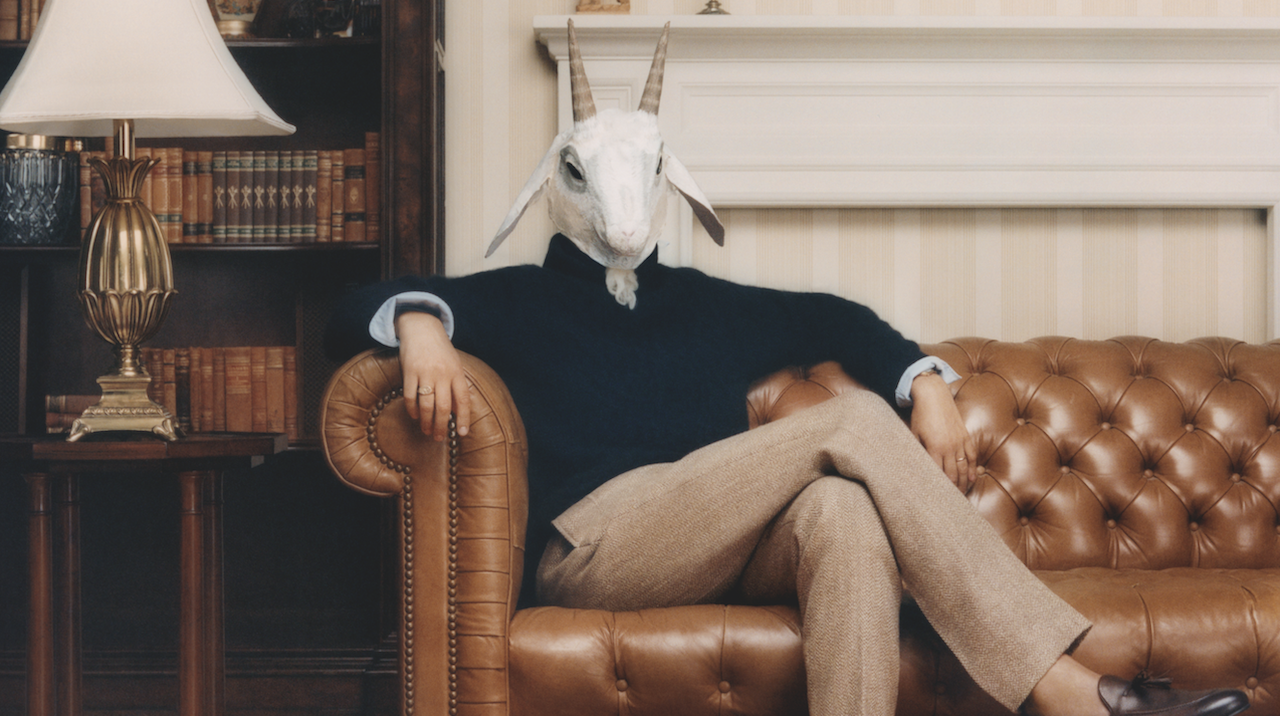Fashion Briefing: The Rihanna effect is still boosting maternity fashion
This week, we take a deep dive into the evolving world of maternity fashion and the improvements still left to be made. Scroll down to use Glossy+ Comments, allowing the Glossy+ community to join discussions around industry topics.
When Grammy-winning singer Rihanna revealed her pregnancy during this year’s Super Bowl halftime show, she became an instant maternity influencer. This week, her lingerie brand Savage x Fenty leveraged that influence, launching its first maternity capsule. Centered on bras made to be convenient for breastfeeding, the included styles feature the brand’s signature extended sizing and accessibility.
In recent years, other celebrities like Kourtney Kardashian, Karlie Kloss, Serena Williams, and Anne Hathaway have all been noted for their maternity style. Lynsday Mason, founder of the maternity rental and resale company For The Creators, credited celebrities — particularly those who openly flaunt their pregnancy while remaining stylish — for their positive influence on maternity fashion. She called it “the Rihanna effect.”
“For generations, the high street’s back corners offered a limited range of fast-fashion options for pregnant women,” Mason said. “But the tide has turned. The Rihanna effect – influential celebrities not just embracing, but celebrating their pregnancies – is ushering in an era of fashionable maternitywear. The modern mother is looking for clothing that echoes her unique style and that enables her to feel like herself.”
The boost to maternity fashion can be felt in the many brands getting into the category — including Nike and Free People — and the new startups focused on giving pregnant shoppers more stylish options. They include For The Creators, Bumpsuit, and Alia Bhatt’s new brand, Edamama. But both brand execs and new mothers told Glossy there’s still a lot more the fashion industry can do to service the nearly half a million people who give birth each day around the world.
For example, Mason founded For The Creators in 2020 to solve one of the most common issues pregnant shoppers have: buying clothes they’ll only wear for a short period. For The Creators offers both rental and resale of maternity clothes, facilitating a circular economy that solves the problem without requiring customers to buy fast fashion. For The Creators carries both maternity-specific brands like Bump & Milk and maternity lines from fashion brands including Sezane and Free People.
Rental fashion can help alleviate the cost burden of shopping for pregnancy-specific clothes, Mason said.
“Women, on average, spend [nearly $500] on clothing during pregnancy,” she said. “While luxury brands have carved out a niche in the market, a big gap exists for those seeking both affordability and sustainability.”
The traditional cost burden and lack of options have, for some women, meant avoiding maternity clothes altogether. Telsha Anderson-Boone, owner of the New York City-based fashion boutique TA and a new mother, said her shopping while pregnant was minimal. She relied heavily on existing pieces in her wardrobe.
“Lucky for me, I’ve cultivated a closet that already had oversized items. Except for a few new bras and a few new tops, I was able to wear those,” she said. “It became difficult toward the end — not because I didn’t have the clothing but because I didn’t want to do anything but have the baby and sleep.”
Jenny Lin, the co-founder of the digital consulting agency Foundation who is in her second pregnancy, also said she dispensed with “maternity fashion” almost entirely.
“During both pregnancies, I only purchased maternity essentials — such as Sockwell’s compression socks or Blanqi’s belly support tank tops — that have significant functionality, like medical-grade compression,” Lin said. “I was brand agnostic, in terms of underwear, T-shirts, and such. And, for the most part, I ignored maternity fashion and purchased items I could re-wear postpartum.” Those included Uniqlo pleated pants, Gap basics, and Reformation dresses with elastic shirring.
Nicole Trunfio, CEO of the maternitywear brand Bumpsuit, said her brand was started in 2020 to address those concerns.
“I wanted products that spoke to me, and who I was as a woman,” Trunfio said. “Traditional maternitywear brands did not feel inviting to me, and I think there are a lot of women out there that feel the same.”
Trunfio said she’s been encouraged about maternitywear’s future, thanks to both other new brands and new interest in maternity from bigger brands. For her part, Anderson-Boone said she hopes to see more innovation in the maternity category from brands in the future.
“I’d love to see the fashion industry start to include more maternity clothing or even expand their sizes,” she said. “Brands like Savage x Fenty are doing a great job in expanding their product offering and maintaining the original stylistic touchpoints for new and expecting moms.”
The market for maternity fashion globally was $21 billion last year, but that number is expected to grow to nearly $30 billion by 2030. Still, Mason called out additional roadblocks for pregnant shoppers.
“Despite 400,000 women giving birth globally each day, the maze of discovering essential products and services remains both sparse and tedious,” she said. “Take a simple example: pregnancy-safe skin care. Mainstream outlets still shy away from clearly highlighting these crucial options, with the only options being found in the baby section next to the nappies.”
Trunfio said it’s not easy for maternity brands to get off the ground compared to more mass-appeal categories like jewelry. But Bumpsuit has managed to reach $10 million in annual revenue in its first three years and aims to double that in the next 12-18 months.
“[The slow development of maternitywear] could be linked to the history of maternity having very little innovation and not much diversity, in terms of the product offering, the look and the feel of the space not being very elevated or on-trend,” Trunfio said. “Retailers should be focusing more on the innovators in this field and bringing up to the surface the brands that want to innovate, empower and lift the whole industry. Perhaps hiring women that have had babies or are pregnant could also offer wisdom to the brands. There is a lot that we can do in this space to make it a nourishing space for families.”
And Lin said there’s one more area related to pregnancy that brands should think about.
“The real area of opportunity for brands is postpartum fashion,” she said. “That fourth trimester and beyond is so real, raw, and confusing — especially as you are reentering the workforce or re-emerging into society. If brands could genuinely meet mothers where they are — physically, emotionally, and mentally — it would go a long way.”


:quality(70):focal(941x208:951x218)/cloudfront-eu-central-1.images.arcpublishing.com/businessoffashion/T47TSRBY5BHOHFYUCROZZJ6DIA.png)


